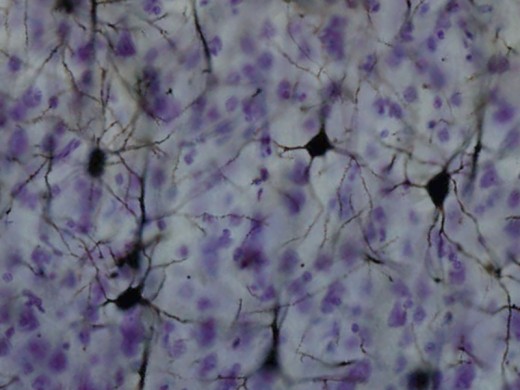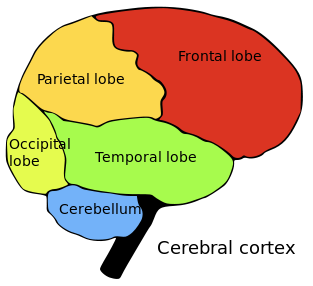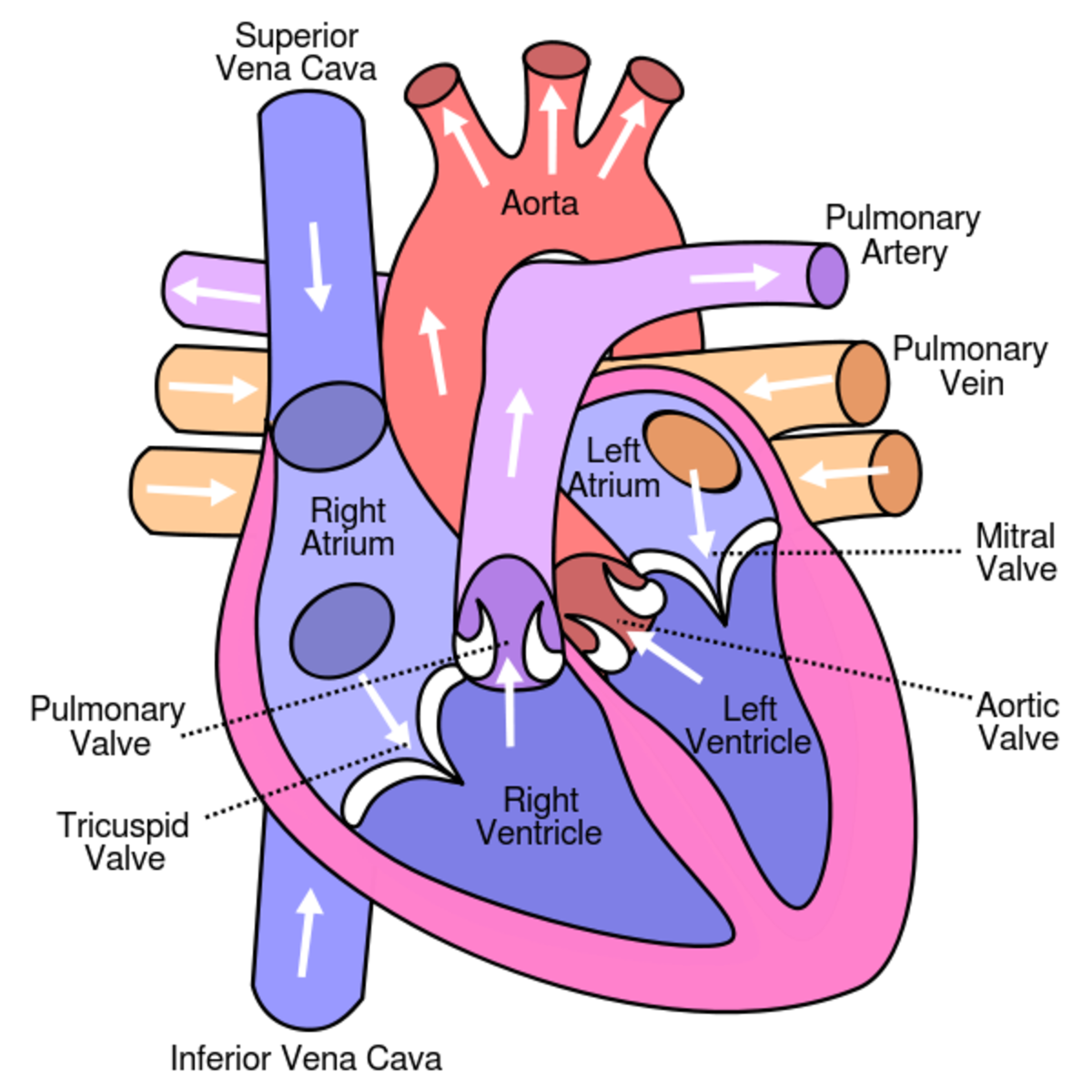The Cerebral Cortex


The fore-brain has two cerebral hemispheres, one on the right side and one on the left. Each hemisphere has developed to receive sensory information, from the opposite side of the body (contra-lateral). It also controls muscles, primarily on the contralateral side, via axons to the spinal cord and the cranial nerve nuclei.
The cerebral cortex is the cellular layers on the outer part or surface of the cerebral hemispheres. It forms a gray matter. An extremely large number of axons extend inward from the cortex, These form the white matter otherwise known as the cerebral hemispheres.
Neurons communicate in each hemisphere with other neurons in the other hemisphere by two bundles of axons called the corpus callosum and the anterior commissure.
Organization
The microscopic structure of the cells of the cerebral cortex differs substantially from one cortical location to another. The differences in appearance are relevant to the differences in function.
In humans, and usually other animals, the cerebral cortex has up to six laminae. Laminae are layers of the cell bodies that are parallel to the surface of the cortex and separated from the others by layers of fibers. The laminae can vary in how thick from one portion of the cortex to another. Laminae may even be absent in specific areas.
Lamina V sends long axons to the spinal cord and other areas of distance. Lamina V is the thickest in the motor cortex and has the greatest control of the muscles.
Laminae IV receives axons from various sensory nuclei of the thalamus. It is the most prominent in all of the primary sensory areas but absent in the motor cortex.
Researchers have found lamina IV to be thicker than usual in the visual cortex of a person who has photographic memory and in the auditory cortex of a musician who can play or perform perfect notes or pitches.
The cells of the cortex are organized into columns of cells with almost the same properties, arranged perpendicular to the laminae. These columns do not all have a straight shape. The cells inside a given column have similar or relative properties and many connections to each other. One example of this would be if a cell in a given column responds to touch on the back of the right hand, then the other cells in that column would also respond to touch on the back of the right hand.
There are specific parts of the cortex. Researchers can distingquish around 50 or more areas of the cerebral cortex based on the differences of how thick each of the six laminae are and also on the appearance of fibers and cells within each given laminae. These are grouped into four lobes named for the skull bones that lie over them. These four are occipital, parietal, temporal, and frontal.

Credits:
- Scheibel, 1984.
- Sabo & Kirtley, 1982.
- Nicolelis et al., 1998.




